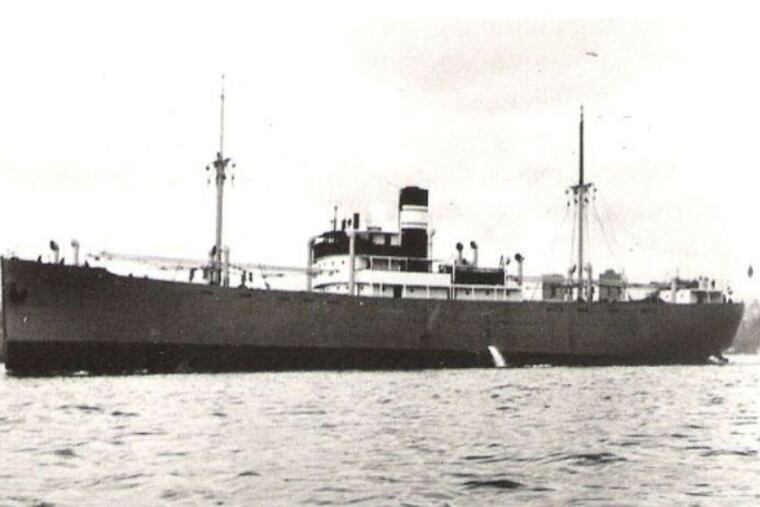Merchant ship sunk by Nazi U-boat off Cape May reveals secret that is changing an episode in WWII history books
A world away, in a resort Shore town along the Atlantic coast, a few divers changed 80 years worth of Norwegian history.

On Jan. 9, 1942, a steamship with 17 crew members left port in Galveston, Texas.
The Octavian was a Norwegian freighter transporting sulfur and wood resin to Saint John, New Brunswick, as World War II raged.
The ship never made it.
For almost a century, Norwegian historians considered the fate of the Octavian a mystery. One theory was pulled from the pages of a German submarine log. U-203 torpedoed and sank an unidentified ship near Newfoundland eight days after the Octavian set sail.
That ship was never found, but the legend persisted — until a recent American discovery.
Cape May
About 70 miles to the south of Cape May, a few divers changed 80 years worth of history.
The local expedition team RV Explorer dove 227 feet to a previously marked wreck. "We didn't know what to expect when we got there," said Rustin Cassway, one of the team's leaders. "We went there, and we found a steamship.
"Now, no one has found a steamship in diveable waters in a really long time, because they have all been found 20-some years ago, save for some maritime accidents," he added. "So, as you can imagine, we were quite surprised."
As they explored the wreckage, one diver spotted large pieces of sulfur sprinkled along the hull of the vessel. Another pulled off the bronzed boiler plate and swam to the surface.
"We were not the first people there," Cassway said. "But we had the good fortune of finding the plaque."
Cassway shopped that boiler number across the web and the world. After connecting with several experts, and paging through Nazi deck logs and World War II maps, he found a match.
History changes course
Turns out the Octavian was probably sunk by a German U-boat. But by the U-123, not the U-203.
The U-123 log books describe torpedoing an unidentified ship in that area on Jan. 17, 1942, in the early days of an eight-month onslaught against ships along the East Coast.
Jørgen Johannessen, marine archaeologist at the Norwegian Maritime Museum, verified the ship's authenticity to a Norwegian news site.
"The story needs to be changed," he said.
Recognizing the impact on Norwegian history, the divers are gearing up for a trip to Norway in May. The divers will ceremoniously give the plaque to the museum, and they will meet relatives of some of the 18 crew members who went down with the ship.
"It closes the story," Cassway said, "and brings the ship home to Norway where it belongs.